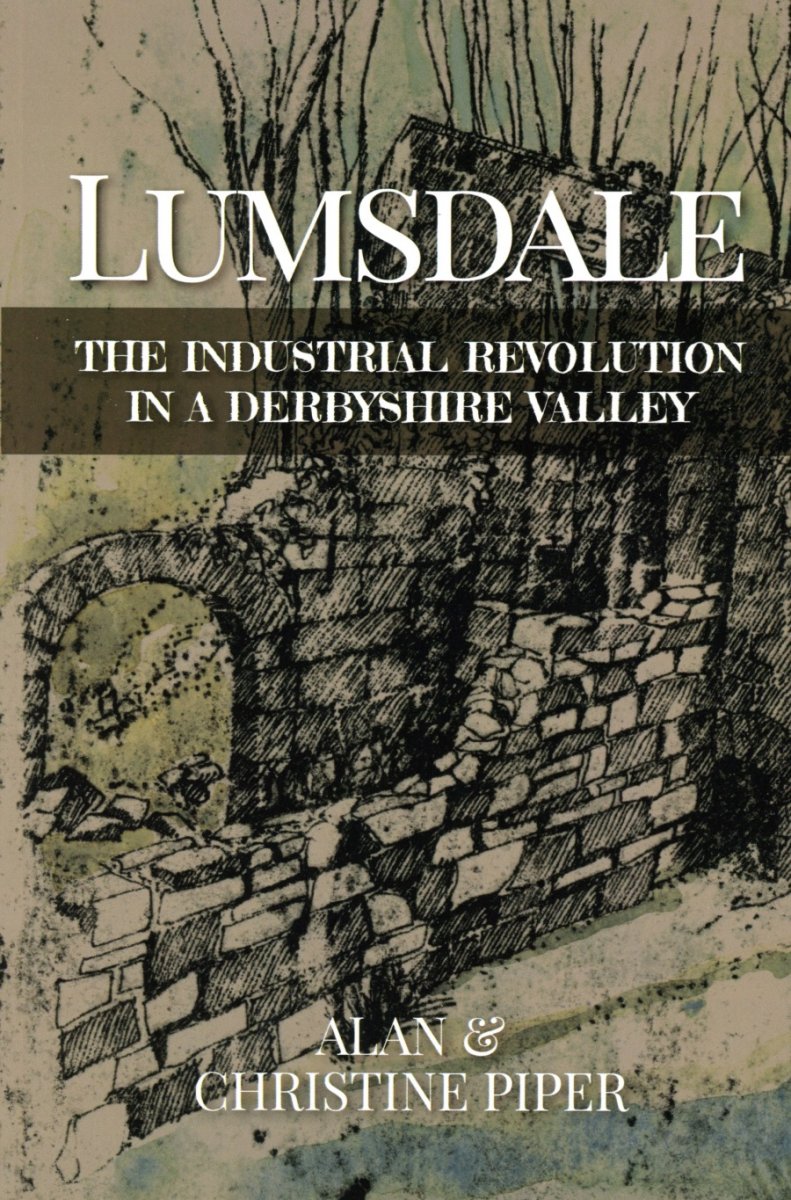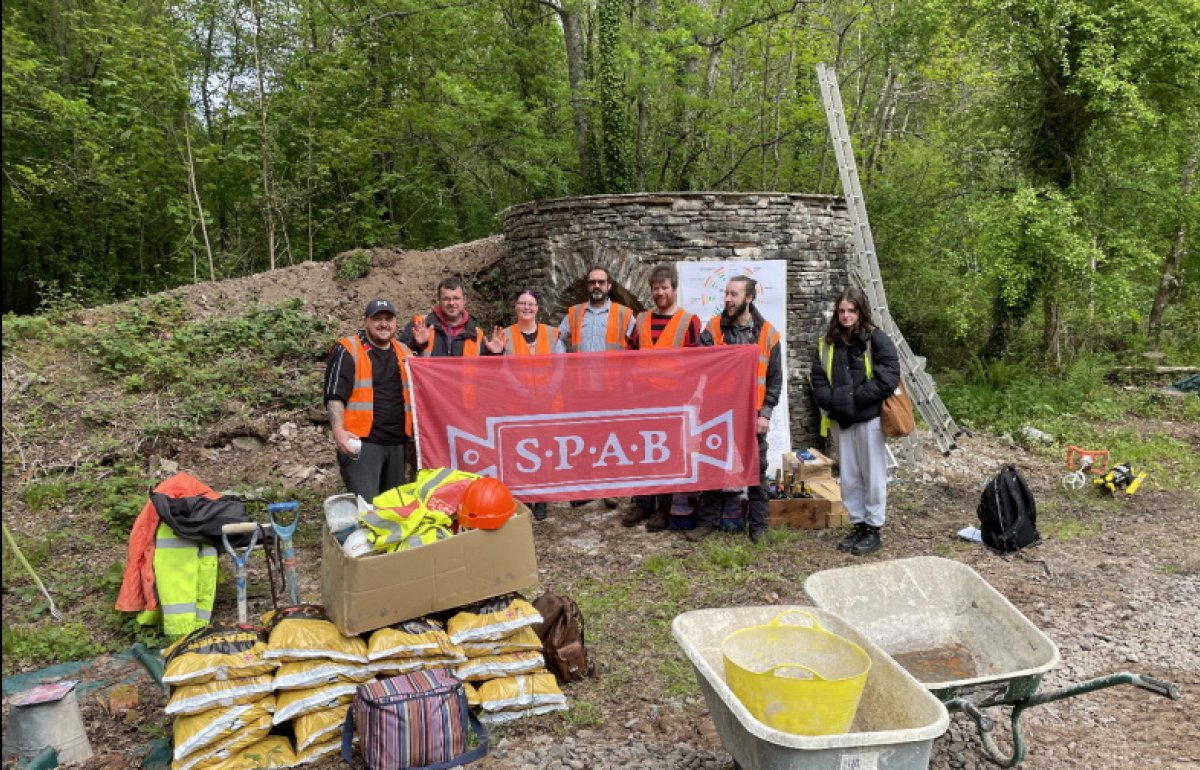Lumsdale – the Industrial Revolution in a Derbyshire Valley
Share on:
SPAB member Alan Piper and his wife Christine were part of the amazing welcome we received from locals during the 2017 SPAB working party in Lumsdale near Matlock in Derbyshire.
Now a peaceful wooded gorge, Lumsdale was once a hive of industry, harnessing the power of the falling water. Since the 1930s the site has become a romantic ruin, and is now cared for by local volunteers like Alan and Christine Piper, who have published a history of this unique place.
 Christine was brought up in Lumsdale and we retired here in 2014. We got involved in leading tours based on half a dozen pages of notes written years before and soon realised that there was a lot more to say about the history of the Lumsdale valley.
Christine was brought up in Lumsdale and we retired here in 2014. We got involved in leading tours based on half a dozen pages of notes written years before and soon realised that there was a lot more to say about the history of the Lumsdale valley.
Finding an almost complete run of title deeds from the 17th century enabled us to identify the lead merchants who developed one of the first cupola smelting sites in Derbyshire. They were members of a consortium who set up a cotton mill in 1783 using Richard Arkwright’s water frame technology (once the patent on his machinery expired) and the Garton and Farnsworth families whose bleaching businesses lasted from 1821 until 1929. The mills then fell into disrepair and eventually came into the ownership of the Arkwright Society who have looked after the site in accordance with the donor’s wish that it be kept in its state of picturesque decay.
So, in 2017, the SPAB came with about 100 volunteers to work on the ruins of cotton mill and bleach works, and spent many hours soft-capping and repointing the walls and the chimney.

Since then we have seen a vast increase in the number of visitors coming to Lumsdale, usually enticed by social media and asking only: “where is the waterfall?” Easing of the coronavirus lockdown in the summer led to the numbers becoming unsustainable and we have had to close the valley until we can devise a way of making it accessible to people who appreciate its history and tranquillity, and discouraging those who abuse it as a playground.
 Publishing our history is one way to restore the valley’s importance. Newspaper advertisements and reports from the 1780s onwards have provided the human interest – stories about the 18th century smelter who claimed to have a process which produced twice as much lead as any other, the bleachworks owner who was named as Co-Respondent in a worker’s divorce petition and his grandson who was arrested as an army deserter and escaped from military custody four times.
Publishing our history is one way to restore the valley’s importance. Newspaper advertisements and reports from the 1780s onwards have provided the human interest – stories about the 18th century smelter who claimed to have a process which produced twice as much lead as any other, the bleachworks owner who was named as Co-Respondent in a worker’s divorce petition and his grandson who was arrested as an army deserter and escaped from military custody four times.
Yet the main story is a of a little ravine with a brook that, over several centuries supported a succession of mills and industries which once exemplified the industrial revolution in miniature and now is regaining its beauty.
Alan Piper
'Lumsdale – the Industrial Revolution in a Derbyshire Valley' by Alan and Christine Piper is available from the bookshop at Cromford Mills at £12.99 or by post from Bannister Publications in Chesterfield 01246 550488.

Images
Raphael Tuck post card showing the ravine c.1906 with the Grinding Mill at the head of the valley, wooden launder carrying water to the lower valley mills and a pipe from a clean water spring crossing the valley to the bleachworks.
All other images from the SPAB working party. Credit: Ralph Hodgson.
Sign up for our email newsletter
Get involved


